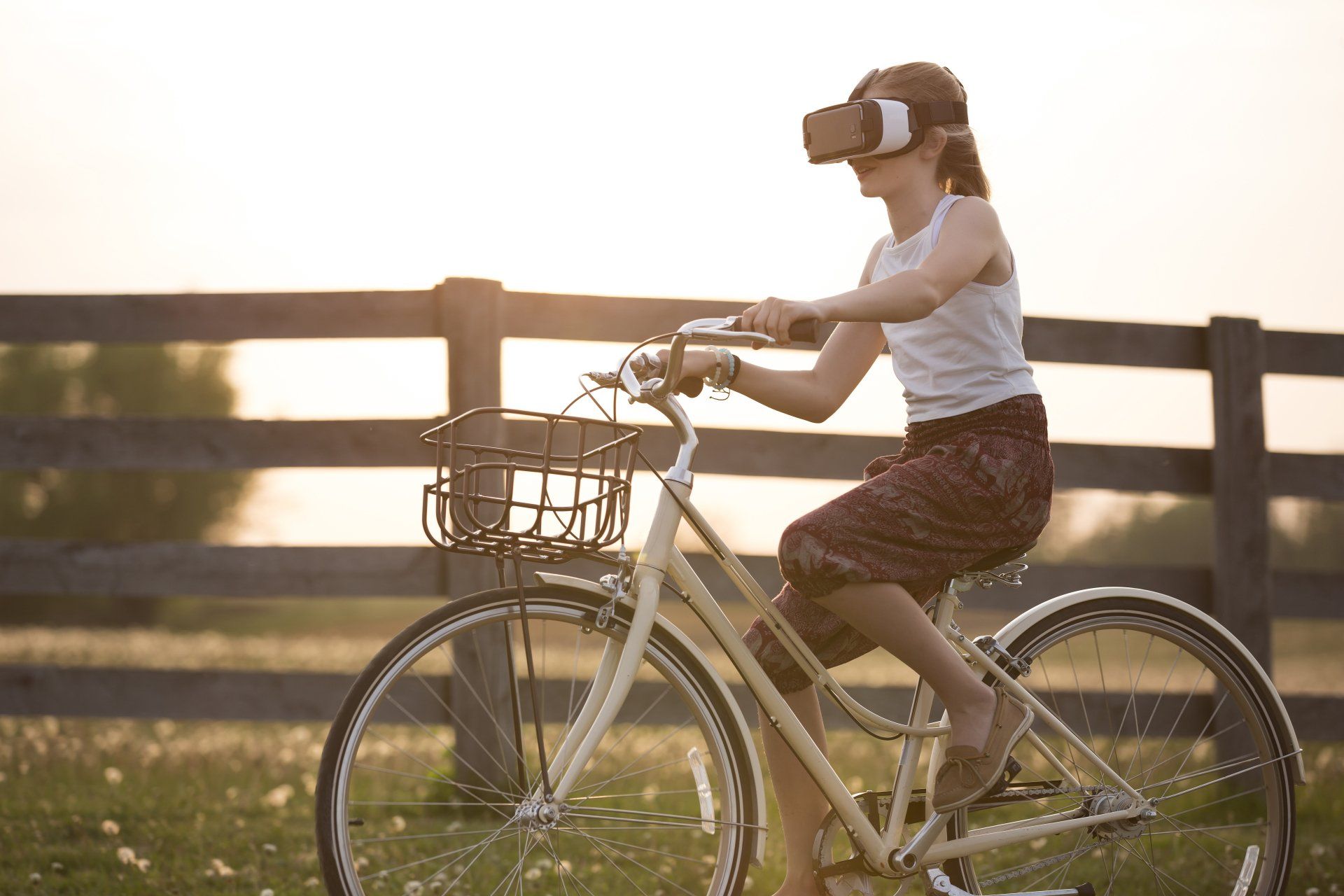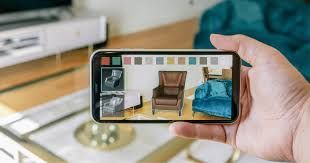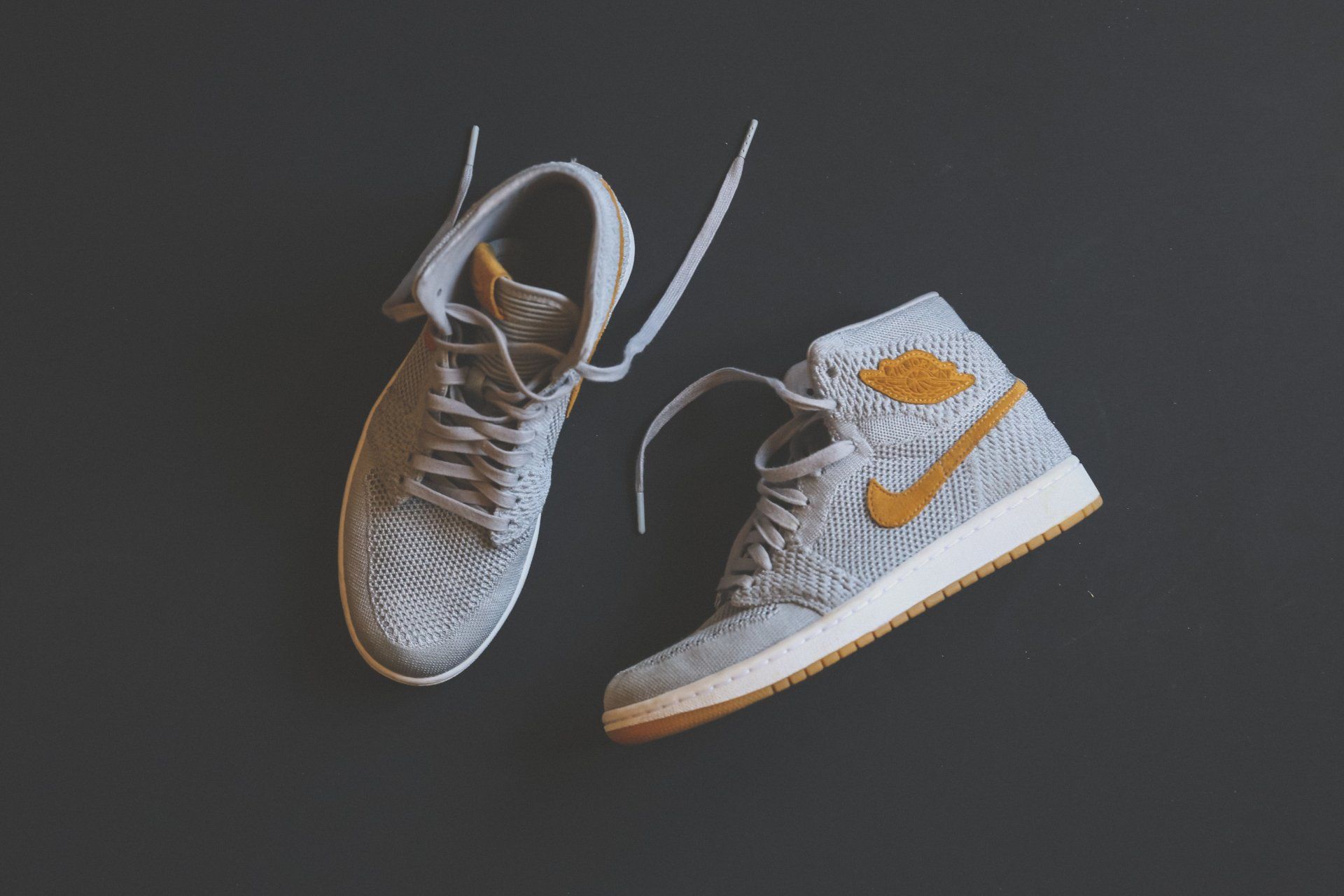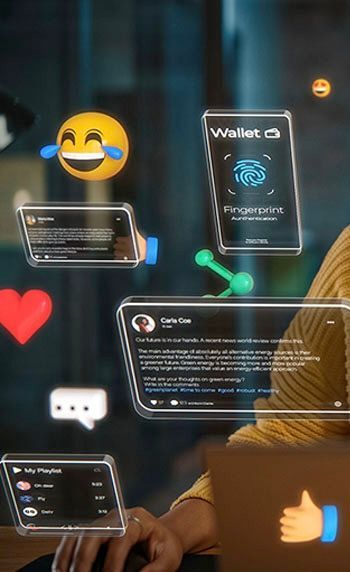Augmented Reality: Revolutionizing Next-Gen Marketing Strategies

Picture this: you’re walking down the street, and instead of stumbling over cracks in the sidewalk while peering down at your phone, you’re gazing through your augmented reality (AR) glasses. Up pops a cute little character, pointing you to the best coffee shop around the corner with a discount for your next latte. This, my friends, is the world of augmented reality in marketing, where the mundane turns magical and marketing is about to get a major upgrade.
The Magic of Augmented Reality in Marketing
Augmented Reality (AR), often confused with its flashier cousin Virtual Reality (VR), is the art of blending digital elements into the real world. Unlike VR, which immerses you in a completely digital environment, AR enhances your real-world experience by overlaying it with useful (and sometimes whimsical) digital content. It’s like giving your marketing campaigns a splash of digital fairy dust, transforming traditional approaches into interactive experiences that captivate and engage consumers in unprecedented ways.
According to a recent Forbes article, AR is poised to become a game-changer in next-gen marketing strategies. This isn’t just about flashy gimmicks; AR is setting the stage for immersive and engaging experiences that traditional media simply can't match. From personalized shopping journeys to interactive storytelling, AR is creating new dimensions for businesses to interact with their audience, crafting unique and memorable experiences that resonate long after the interaction has ended.
Why Should Businesses Care About AR?
Imagine you’re a furniture retailer like IKEA, and instead of convincing customers to trudge to your store and navigate the labyrinth of showrooms (with the ever-looming risk of missing a turn and ending up in Narnia), you offer them an app. This app allows them to visualize how a couch would look in their living room, perfectly sized and color-coordinated, without leaving the comfort of their home. Voilà! Sales up, customer satisfaction up, and all without a single coffee table left in the middle of the hallway.
IKEA’s AR app, IKEA Place, revolutionizes the furniture shopping experience by allowing customers to see how over 2,000 pieces of furniture would look in their homes. This application of AR not only saves customers time and effort but also increases their confidence in purchasing decisions, leading to higher conversion rates and fewer returns. This seamless integration of AR into the shopping process illustrates how businesses can use AR to enhance customer experiences, making the journey from consideration to purchase as smooth as possible .
For other businesses, this means that AR can turn the tedious process of decision-making into an engaging experience. Retailers like Lowe’s have developed AR apps that allow customers to see how various home improvement projects would look in their homes, from paint colors to kitchen remodels. By transforming potential frustration into a playful exploration, businesses can elevate their marketing efforts from simply pushing products to creating enjoyable customer experiences. Are your gears turning yet? While these major players dominate the corporate world, you can still discover ways to incorporate AR into your consumer offerings, regardless of your business size.

Enhanced Customer Engagement
Let’s face it, traditional advertising can sometimes feel like being hit over the head with a marketing hammer. “Buy this now!” “Hurry, sale ends soon!” Enter AR, the charming conversationalist who, instead of shouting, engages you in an exciting dialogue. Consider the case of beauty brand Sephora, which uses AR to let customers try on makeup virtually. With their Virtual Artist app, you can now see how that bold shade of lipstick looks on your actual lips before you buy it. No more awkward color mismatches or unfortunate Instagram photo ops.
Sephora's AR technology not only allows customers to visualize products on themselves but also builds a deeper emotional connection with the brand. This form of interactive marketing creates a unique bond with consumers, making them feel understood and valued. By leveraging AR, Sephora is not just selling makeup; they’re selling a personalized experience that resonates with their customers on an individual level. This strategy aligns with the Forbes article's insight that AR can foster a deeper connection between brands and consumers, elevating the customer experience from mundane to magical.
L'Oréal and Estée Lauder have also embraced AR for virtual try-ons, allowing users to experiment with different looks without the commitment of a purchase. This form of engagement turns potential customers into active participants, increasing their likelihood of converting into loyal customers. By creating an interactive and fun experience, these brands not only enhance customer engagement but also set themselves apart in a crowded marketplace .

AR: The New Face of Advertising
Billboards are so last century. Imagine walking through a city where, through your AR glasses, you see interactive ads tailored just for you. Nike could display an ad that shows you running in their latest shoes, complete with a personalized challenge to beat your best 5K time. It’s targeted, it’s interactive, and it’s way more engaging than a static billboard.
AR’s ability to create interactive and personalized advertisements is a game-changer for marketers. Unlike traditional ads, which often get lost in the noise, AR ads invite users to interact and engage in a meaningful way. Snapchat, for instance, has revolutionized advertising with AR lenses that users can apply to their photos and videos. Brands like Taco Bell have used this feature to create fun and engaging campaigns, such as the one where users could turn their faces into giant tacos. This not only provided a unique and memorable experience for users but also generated significant brand exposure, with the campaign being viewed over 224 million times in a single day .
Pepsi’s AR bus stop campaign in London took interactive advertising to a new level by creating the illusion of alien invasions, giant robots, and prowling tigers right on the street. This campaign garnered massive media coverage and engaged the audience in a way that static advertisements never could. By creating a fun and memorable experience, Pepsi was able to capture the attention of commuters and create a buzz around their brand .
These examples highlight how AR can transform advertising from a passive experience into an active and engaging one. By offering interactive and personalized content, brands can create a deeper connection with their audience, making their marketing efforts more effective and memorable.
A Fun Leap into the Future
The possibilities for AR in marketing are as limitless as your imagination (or your phone’s battery life, whichever runs out first). From interactive product displays and virtual try-ons to immersive storytelling and personalized shopping experiences, AR is transforming the landscape of marketing. For instance, LEGO has introduced AR in its stores, allowing customers to see a 3D model of a completed LEGO set by simply scanning the box with their phone. This not only makes the shopping experience more engaging but also helps customers, especially children, get a better sense of what they are purchasing, fostering excitement and driving sales .
Real estate is another industry where AR is making a significant impact. Zillow's AR feature allows potential buyers to take virtual tours of properties, giving them the ability to "walk" through homes and see them from every angle. This immersive experience helps potential buyers make quicker and more confident purchasing decisions, and it’s much easier than dealing with an overly enthusiastic real estate agent. This use of AR not only enhances the customer experience but also increases the likelihood of sales by providing a realistic and detailed view of properties .
AR is also finding its way into the food industry. Burger King’s AR campaign allowed users to point their phones at competitors’ advertisements and watch them burn away, revealing a coupon for a free Whopper. This clever use of AR not only engaged customers in a fun and interactive way but also directly drove them to Burger King locations, showcasing how AR can be used creatively to capture attention and drive foot traffic .
So, the next time you see a floating unicorn leading you to your favorite café or virtually try on a pair of shoes while sitting in your pajamas, remember: this isn’t just magic. It’s augmented reality, bringing a sprinkle of fun and a hefty dose of practicality to the world of marketing.

Conclusion
Augmented reality is not just a passing trend; it’s a powerful tool that’s reshaping the future of marketing. For businesses, it offers a way to connect with customers on a deeper level, providing personalized and engaging experiences that traditional marketing simply can’t match. For consumers, it turns the mundane into the magical, making shopping and interacting with brands a fun and immersive experience. As highlighted in the Forbes article, AR is indeed a game-changer in next-gen marketing strategies, promising a bright and exciting future for both businesses and consumers .
So, let’s raise our AR glasses and toast to a future where marketing is not just seen but experienced—where the lines between reality and imagination blur, and where the magic of augmented
New Paragraph

